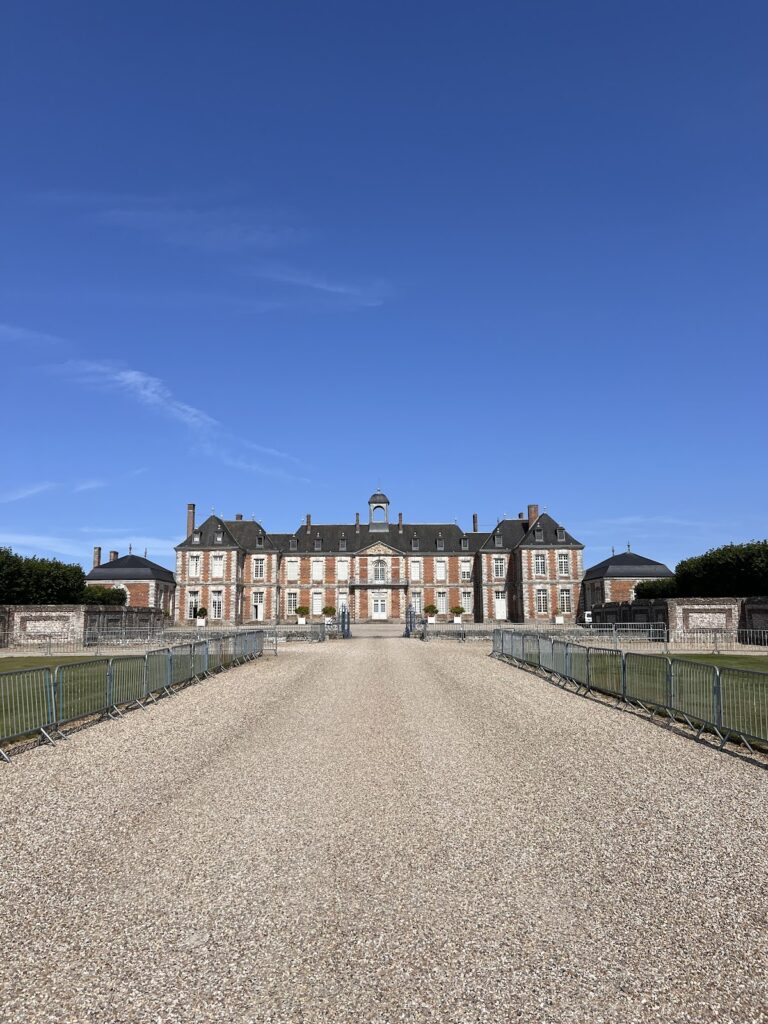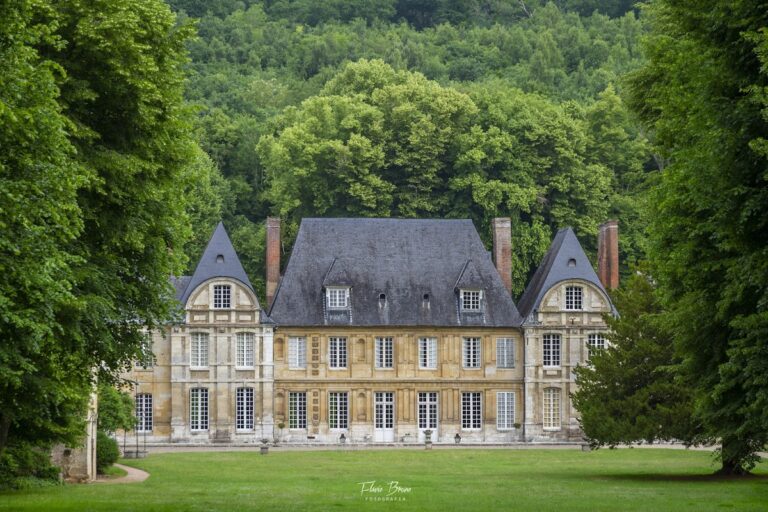Château d’Arques-la-Bataille: A Medieval Fortress in Normandy, France
Visitor Information
Google Rating: 4.3
Popularity: Low
Google Maps: View on Google Maps
Country: France
Civilization: Medieval European
Remains: Military
History
The Château d’Arques-la-Bataille stands in the municipality of Arques-la-Bataille, France. This fortress was built originally by the Normans during the Middle Ages on a site first fortified in the early 11th century.
The earliest known fortification at Arques-la-Bataille dates back to around 1040-1045 when Guillaume d’Arques, the uncle of William the Conqueror, established a motte castrale—a type of defensive earthwork topped with wooden structures. In 1052-1053, this early fort was the focus of a siege led by Duke William of Normandy against his uncle, demonstrating its strategic importance during regional power struggles.
Around 1123, King Henry I of England, also known as Henry Beauclerc, replaced the original wooden defenses with a substantial stone castle. This reconstruction included a Romanesque stone keep (or donjon) and a curtain wall reinforced by approximately a dozen towers. Throughout the 12th and 13th centuries, the château was caught in the conflicts between Plantagenet rulers, ruling England and Normandy, and the French Capetian kings. It resisted capture for some time but ultimately fell in 1204 to King Philip Augustus of France, marking an important shift in control over Normandy.
The castle’s military role continued in the following centuries, notably during the Hundred Years’ War. After the Treaty of Troyes in 1420, English forces occupied the site. Later in 1449, Charles VII of France regained the fortress. In 1431, Joan of Arc stayed at the castle shortly before she was taken to trial, linking the site to one of France’s most iconic historical figures.
During the religious conflicts of the late 16th century, particularly in 1589, the Château d’Arques-la-Bataille witnessed significant fighting. Henry IV of France, despite being outnumbered, secured an important victory against the Catholic League at the foot of the castle walls. This engagement contributed to the eventual consolidation of his rule.
The castle’s military importance waned after 1668, with King Louis XIV officially declaring it abandoned in 1708. In the 18th century, it was dismantled and its stones repurposed as building material. The site was sold as national property in 1793 during the French Revolution but remained under private ownership, which helped preserve it.
Restoration work began in the 19th century. The French government acquired the property in 1868 and classified it as a historic monument in 1875, reflecting growing interest in heritage conservation. During the Second World War, German troops used the remains for military purposes, causing some damage. In the late 20th century, public access was limited due to concerns over safety, with occasional openings during heritage events.
Remains
The Château d’Arques-la-Bataille occupies a narrow chalk promontory overlooking the valleys where the Varenne, Béthune, and Eaulne rivers converge. This elevated site provides wide views toward the sea and benefits from natural protection by a steep ravine to the west, which isolates the castle from easy approach.
The fortress’s layout stretches lengthwise along the shape of the rocky spur. Encircling the site is a lengthy oblong curtain wall, built with stones arranged in a distinctive herringbone pattern. This defensive wall is reinforced unevenly by about twelve towers of both round and square designs, which helped protect the castle’s perimeter.
Surrounding the castle is a deep dry moat, between 15 and 20 meters in depth, believed to have been excavated in the 16th century. Along the moat’s outer edge ran a path that once featured a wooden palisade for added defense. The moat acts as a barrier without water, relying on the sheer depth to hinder attackers.
The main entrance until the late 1300s was known as the northwestern “Porte de Dieppe.” This gateway included a drawbridge and a triple-arched gate. In the 19th century, specifically in 1845, a bas-relief depicting Henry IV on horseback was added above this entrance, reflecting its historical importance.
In response to the advent of artillery, a bastion was constructed in the early 1500s by order of Francis I. This stronghold, built facing the original 12th-century gate, features very thick walls faced with brick and is supported by four large towers. Its location allowed defenders to target the plateau located about 200 meters away, where artillery threats could emerge.
The castle’s most prominent structure, the Romanesque donjon on the southeast side, measures about 20.20 meters square, with walls up to 3.5 meters thick. Large square buttresses measuring 3 by 3 meters support the northern and eastern walls. The donjon contained essential facilities such as a bread oven, a mill, a well, storerooms, guardrooms, and living quarters. Notably, its internal layout includes two spacious rooms separated by a thick partition wall approximately 1.20 meters wide. Separate staircases to each floor were built to slow down any potential attackers who might breach the keep. At the end of the 15th century, a platform was added atop the tower to accommodate artillery.
Another significant feature is a second gate located opposite the main entrance, constructed in 1367 under the reign of Charles V to provide a more direct route to the donjon. Evidence of this gate includes remnants of a drawbridge pier still visible within the moat.
The ruins of Château d’Arques-la-Bataille have been formally protected as a classified historic monument since the 19th century, with initial listings in 1862 and further designations in 1875. Additional protections around the site were put in place during 1942, ensuring the preservation of this remarkable medieval fortress within the landscape of northern France.










